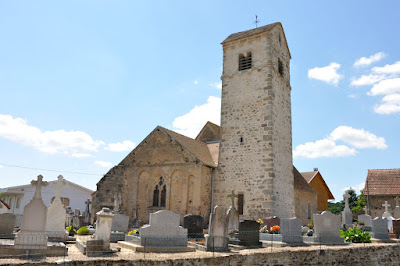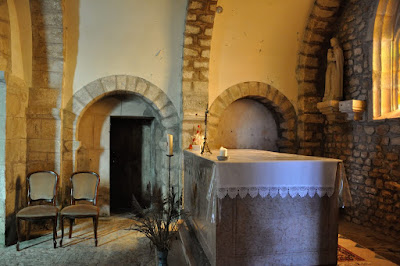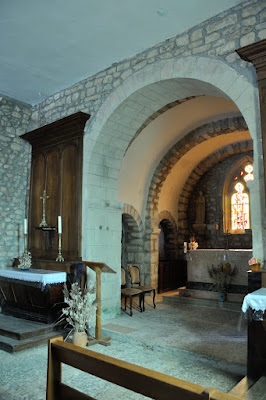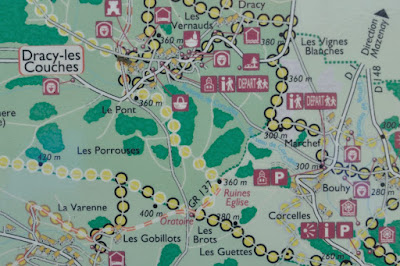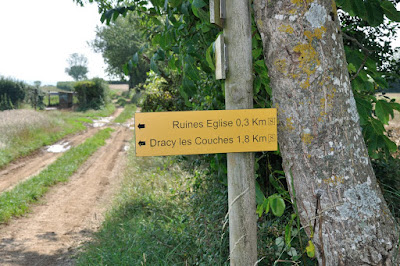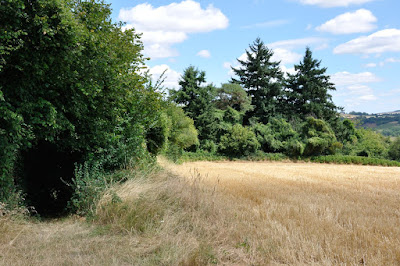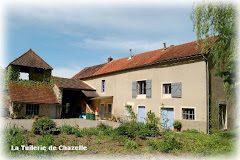How the French manage to create adjectives which are not or with great difficulty to be traced back to their basis will remain one of life's mysteries.
 |
| Abbaye de Cîteaux |
A simple example: what are the inhabitants of the Île-de-France called? Franciliens of course! These sort of questions are quite popular in French quiz programs.
Slightly more farfetched is "cistercien", derived of course from
Cîteaux, a place not far from Dijon, where the Cistercian monastic (Benedictine) order was founded. This order was at some stage heavily opposed to the Cluniac order, a monastic order, as one might have guessed, from Cluny. Cluny, according to the abbots of Cîteaux, had deviated too far from the rules of Benedict (ora et labora, pray and work).
 |
| Abbatiale - Cîteaux |
The Cistercian order had, like its Cluniac opposite, many daughters and grand-daughters, of which a number in Provence are still in good order, and there are even a few abbeys operational (such as Sénanque).
The Cistercian monasteries were all built according to a similar plan. One could call them the inventors of modular building.
The original Mother monastery Cîteaux ceased to exist around the French revolution, but was reinstated at the end of the 19th Century.
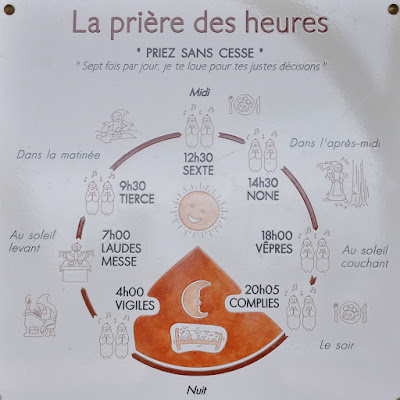 |
| Officie - Cîteaux |
Unfortunately almost all mediaeval buildings (such as
the abbey church, cloister, etc.) are demolished, and rebuilt in a modern style. Despite this we always had in mind to visit this mother monastery of which we had seen so many daughters. There are organised tours, which can be booked through Internet.
As we had expected, apart from
the library and the
noviciat there were no other old buildings on the site.
 |
| Chapelle - Cîteaux |
The tour starts in
the reception area, where an excellent photo exhibition gives an overview of the very strict time table for the day as written down by Benedictus. After this introduction to the monastic life an overview is given of where the Cistercians are active nowadays (that is, outside Europe, in countries like Indonesia, the USA, South-America, etc.).
Next is a short visit to the cells on the ground floor of
the library, and a more extensive visit to the first floor, which hosts a lovely collection of copies of illuminated letters (the originals are in Dijon).
 |
| Library - Cîteaux |
The noviciat shows a number of things the monks occupy or occupied themselves with, and finally there was
a film about monastic life.
Of
the original (wooden) church only the foundation outline (in reinforced concrete) can be seen, and the same goes for
the former hospital. In a few words: those interested in the history and development of Cîteaux will be a bit disappointed. Those however interested in the religious background of the monks of Cîteaux are being served well.
 |
| Kestrel - Cîteaux |
Still, it is an interesting experience wondering around those historical grounds….
Click here for the website of
La Tuilerie de Chazelle.
